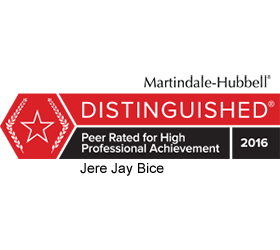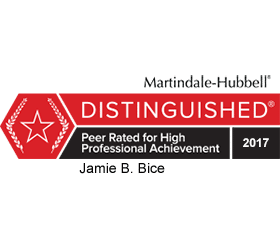Even though the BP oil spill in the Gulf of Mexico was greater than the 1989 Exxon Valdez oil spill, the seafood testing measures in the Gulf of Mexico are less rigorous than the testing measures after the Exxon Valdez spill in Alaska. Despite the lower testing hurdle, officials say the contamination risk of eating seafood remains low.
As things currently stand, there are not any signs that a person will get sick from eating a few seafood meals. The bigger issue is whether the environmental contamination presents a threat to people who often eat seafood and whether the current regulations are stiff enough to protect from toxin buildup measured over a period of years. Government tests show that in areas of the Gulf that are open for fishing the levels of contamination are undetectable. Critics say the levels of concern are based on monthly seafood consumption estimates that are too low.
The government safety testing program divides the northern area of the Gulf into seafood monitoring zones. Areas are open to fishing when there is no visible oil or when oil is not expected to appear. If oil is present or likely to be present, the area is closed to fishing. Areas that are open to fishing are subject to two rounds of safety testing. In the first round, seafood samples are reviewed by trained officials who smell raw and cooked samples. If the sample passes the first round, then it is subjected to a chemical test. If all the seafood samples from an area pass both tests then the area will reopen for fishing.
The chemical test determines the level of potentially cancer causing compounds from crude oil present in the sample. The Centers for Disease Control is not aware of any study that shows cancer formation from consuming seafood exposed to an oil spill. Those in the Gulf seafood business believe they have a huge perception problem that is unwarranted.
Source: The Wall Street Journal, “Standards for Gulf’s Catch Put to Sniff Test After Spill,” Jeffrey Ball, 11/2/10









